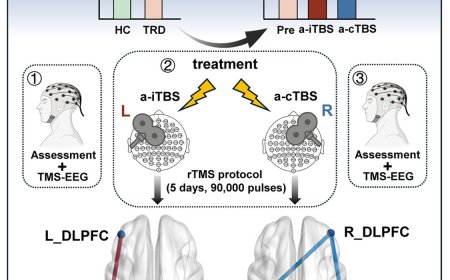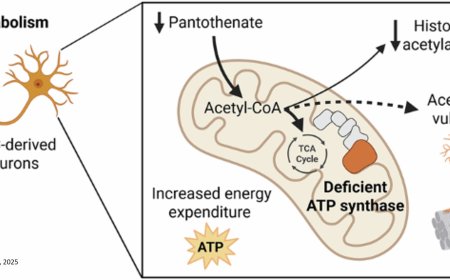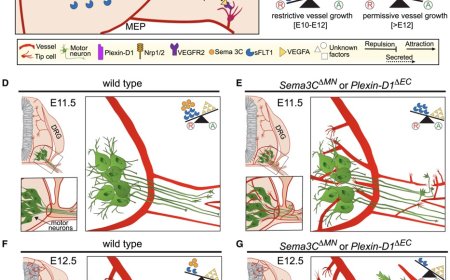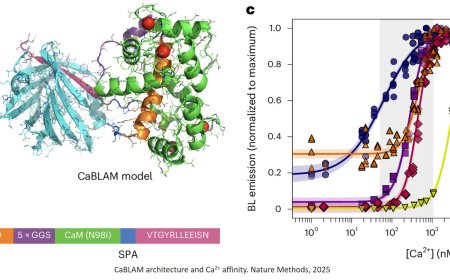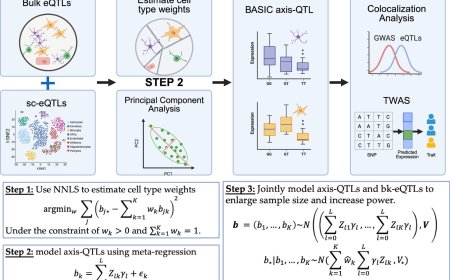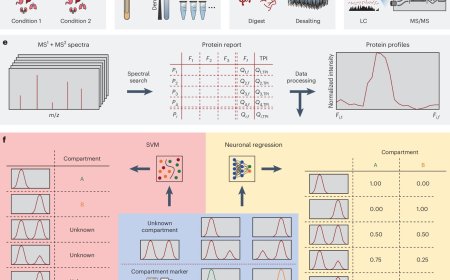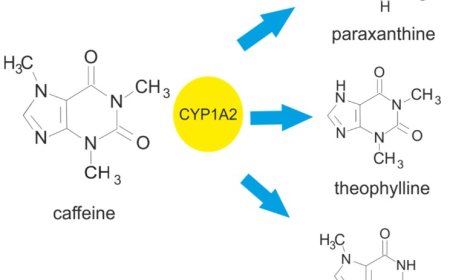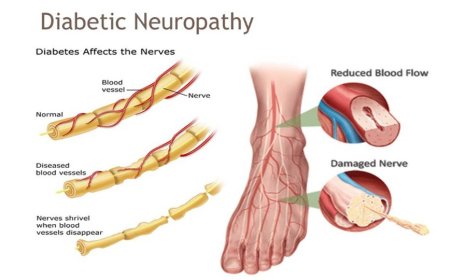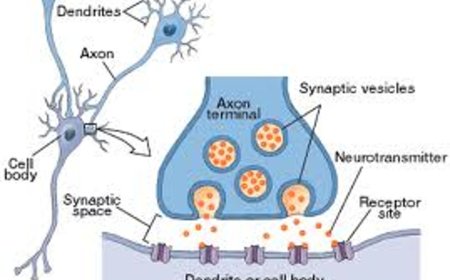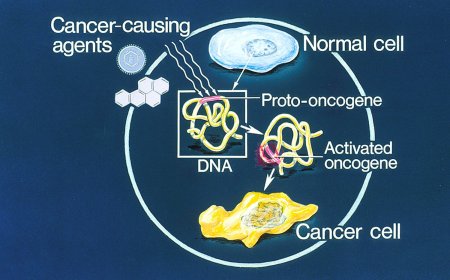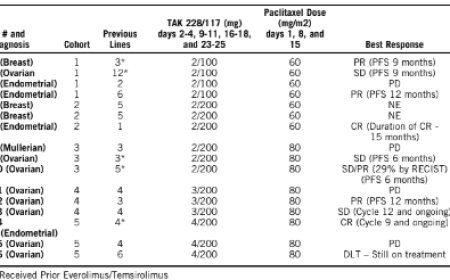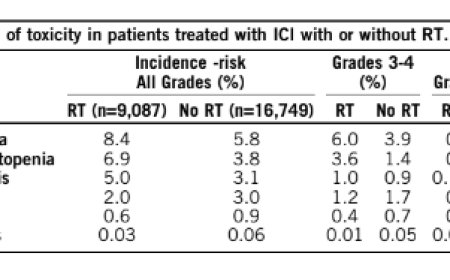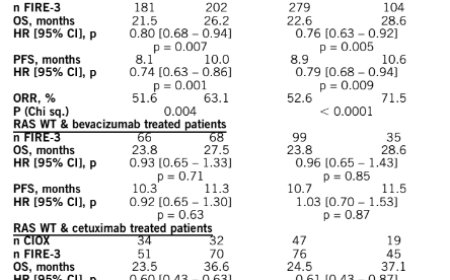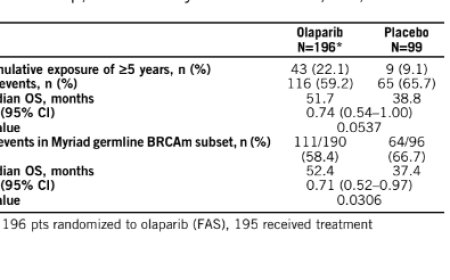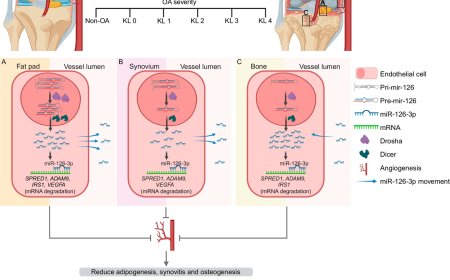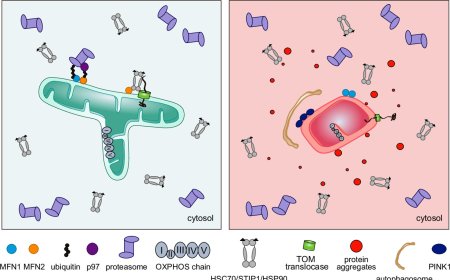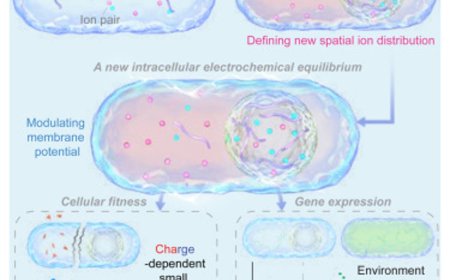Self-cleavage as built-in quality control
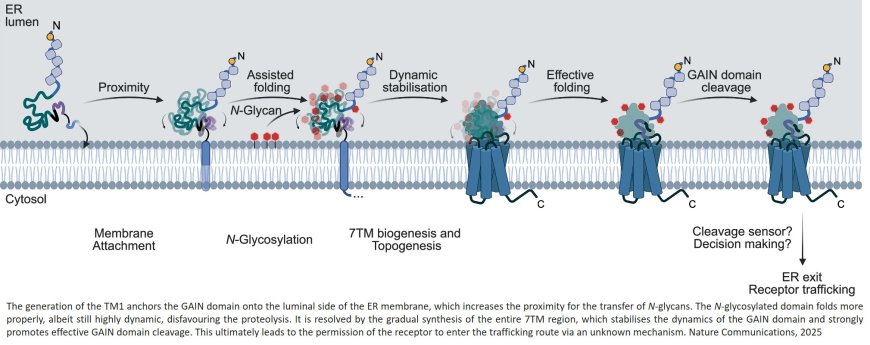
Cells constantly monitor their surroundings and detect chemical and mechanical signals that control vital functions such as movement, growth and communication. Adhesion G protein-coupled receptors (aGPCRs) – a special family of surface molecules – act as mechanical force sensors and play a key role in processes ranging from muscle growth to the formation of neural networks in the brain. Malfunctioning aGPCRs can cause serious health conditions such as allergies, schizophrenia, and cancer.
The research teams discovered that another part of the receptor – the so-called seven-transmembrane (7TM) region – plays a crucial supporting role in the cleavage process. It not only stabilises the GAIN domain but also helps position it correctly within the cell’s protein-producing machinery. In addition, the teams identified helper molecules in the cell that interact with the receptor during this process. These include enzymes that add sugar groups to the newly formed protein.
“Together, these factors ensure that the receptor’s self-cleavage proceeds efficiently. Remarkably, receptors that are unable to cleave themselves can be retained within the cell and fail to reach the surface, where they are needed to receive signals from the external environment,” says the senior author.
These findings suggest that self-cleavage functions as a built-in quality control mechanism within the cell. This insight opens up new avenues of research into how this checkpoint is implemented and what role it plays in the development of certain medical conditions.
